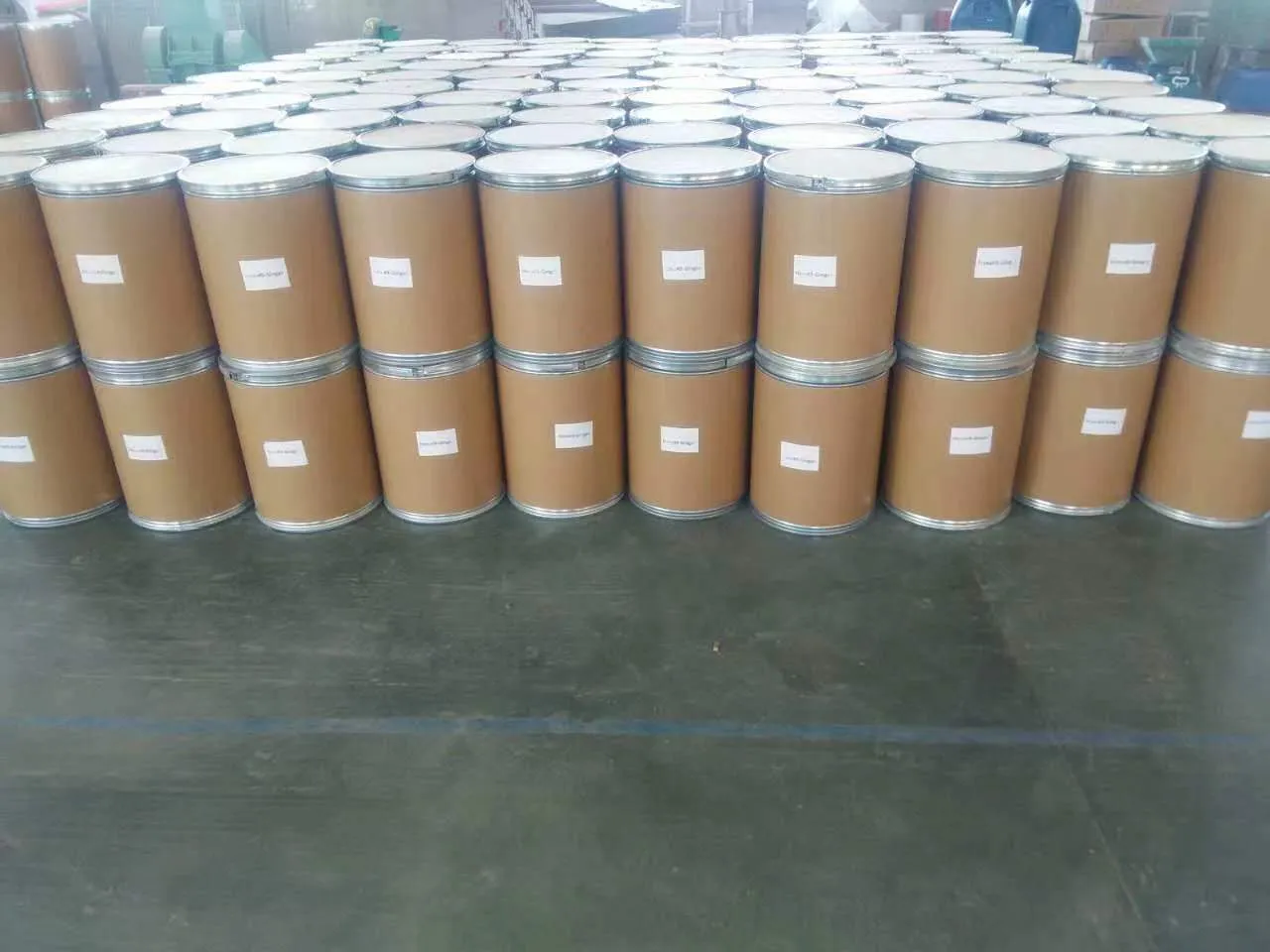flake epoxy floor coating

Exploring the Varied World of Minerals An In-Depth Guide to Mineral Types and Their Applications Minerals are naturally occurring substances formed over millions of years under the Earth's crust. Their significance extends beyond their natural beauty, as they are vital to various industries, playing crucial roles in our daily lives. Understanding different types of minerals, their properties, and applications can provide valuable insights, especially if you're considering mineral-based products. One of the foundational categories to consider in the mineral world is silicate minerals. Constituting about 90% of the Earth's crust, silicate minerals are known for their structural versatility and abundance. Silicon and oxygen are the primary components, arranged in tetrahedra. These minerals include well-known varieties like quartz, feldspar, and mica. Quartz, for instance, is widely utilized in the production of glass and electronics due to its durability and resistance to abrasions. The versatility of silicates makes them an essential focus area in product innovation, offering numerous possibilities for creating durable, efficient, and sustainable products. Next, we delve into non-silicate minerals, which, although less abundant, boast significant utility across different industries. Carbonates, like calcite and dolomite, are extensively utilized in construction, serving as essential raw materials in cement and lime production. Oxides such as hematite and magnetite are the primary ores for iron extraction, ultimately forming the backbone of the steel industry. Every project that seeks to integrate minerals to enhance usability or efficiency must account for these transition metals because of their essential contributions to machinery, infrastructure, and consumer products. Noteworthy also are sulfide and sulfates . Minerals like pyrite (often referred to as fool's gold) and galena play a pivotal role in extracting valuable metals, such as lead and zinc, essential for creating batteries, radiation shields, and galvanization. Their importance to the electronics industry, in particular, cannot be overstated, given the continuing demand for smartphones and other smart devices that rely on these metals. Halide minerals, though traditionally fewer in applications, are also remarkable and growing in interest. Halite, commonly known as rock salt, is indispensable to culinary industries, water treatment processes, and many de-icing products. Its effective utility in diverse conditions has seen its role expand into a number of scientific uses, including laboratory experimentation and food preservation. mineral kinds Phosphates and nitrates – primarily known through the mineral apatite – have revolutionized agricultural productivity. They form the foundation of fertilizers, crucial for plant nutrition, which in turn supports global agriculture and food security. This connection points to their strategic importance, as the ever-growing population continues to drive the need for efficient and sustainable agricultural practices. Finally, the emerging significance of rare minerals like lithium found in spodumene and lepidolite cannot be ignored. Lithium-ion batteries are at the heart of the clean energy revolution, powering electric vehicles (EVs) and storing renewable energy efficiently. As countries heighten their focus on sustainability and fight against climate change, these minerals are expected to see a surge in demand, not only reshaping the automotive sector but also influencing energy policies worldwide. To leverage the full potential of minerals, businesses and innovators must invest in deepening their knowledge of mineral properties and stay abreast with technological advancements. As demand shifts and global priorities realign towards sustainable solutions, understanding minerals' intrinsic values becomes pertinent for crafting responsible and future-proof products. For companies exploring new product lines or improving existing ranges, considering how different mineral kinds can enhance product features offers a pathway to not only meeting consumer needs but also attaining environmental credentials. Given the multifunctional roles minerals play, this strategy stands to bolster both product innovation and market position. By fostering a deep understanding of mineral kinds, their fundamental properties, and applications, industries can make informed decisions that align with sustainability, economic viability, and cutting-edge innovation. Empowering decision-makers with such knowledge ensures that products derived from these minerals are both effective and socially responsible, thus securing consumer trust and a credible market presence.
-
Previous
-
Next
- Recently published
-
- can mica powder be used in candles
- There is a new product on our website, Green Mica
- kaolin clay manufacturers
- Mineral Manufacturing_ A Growing Industry
- gold mica crystal
- graphite powder suppliers
- mica powder for candles
- chameleon mica powder
- graphite powder suppliers
- Mineral Wholesale_ The Foundation and Guarantee of Manufacturing
- Random reading
-
- High-Quality Ceramic Balls for Sale – Durable & Versatile Solutions
- green mica
- types of rocks and minerals
- Premium Talcum Powder_ Smooth Skin for Body & Face Use
- brown mica
- how does mica form
- mineral bulk
- different types of minerals
- mica flakes, Dyed mica,vinyl flakes for Epoxy Flooring
- mineral manufacturers
- The Power of Diatomaceous Earth for Multiple Uses
- different types of minerals
- mica powder for makeup
- mineral in china
- mica china
- Premium Vinyl Flakes for Epoxy Floors – Durable & Decorative Solutions
- common minerals
- bagged vermiculite
- china clay
- limestone rocks
- Search
-
- Links
-